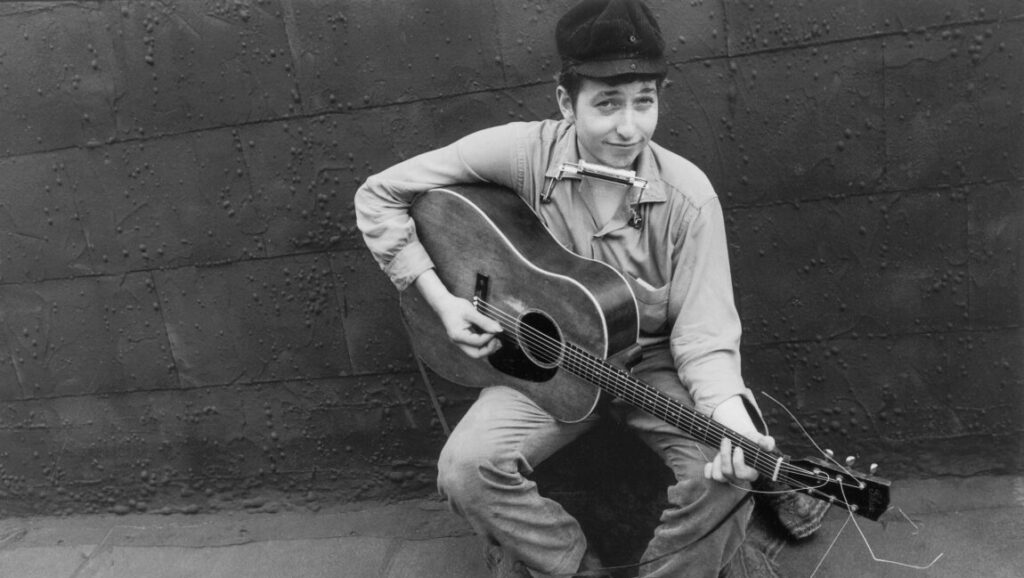The debut album from America’s greatest songwriter contains a scant two originals alongside 11 covers, ensuring that it will always be somewhat overlooked or written off as a curiosity, in some circles perhaps regarded with the same vague condescension that one might regard Michael Jordan’s baseball career. The thing of it is, Bob Dylan sings the blues better than Mike swung the bat, and Bob Dylan bears witness to the gifts that have sustained him, providing the through-lines for his entire career: Namely, a great instinct for and love of American folksong, as learned from the likes of Woody Guthrie and Harry Smith. It’s not a false start but rather a perfectly illuminating origin story; it casts its light on everything that came after, from Freewheelin’ through The Basement Tapes but perhaps especially the two all-covers albums from the 1990s, and all the original material that followed. (So seminal is this work to who he is and what he’s done that one might daydream about him re-recording these songs, more than five decades after committing them to tape, channeling them through years of hard-earned experience; how illuminating it would be to hear how his perception of them has changed, and how it hasn’t.)
The thing of it is, Bob Dylan sings the blues better than Mike swung the bat, and Bob Dylan bears witness to the gifts that have sustained him, providing the through-lines for his entire career: Namely, a great instinct for and love of American folksong, as learned from the likes of Woody Guthrie and Harry Smith.
Recorded when the singer was just 20, Bob Dylan features entirely solo performances — just voice, acoustic guitar and harmonica. In this context the focus is on singer and song, and the recordings here hearken back to a time when genre was little more than accent or inflection; the songs are simultaneously steeped in Depression-era country-blues and illustrative of the Greenwich Village folk scene, betraying an understanding of American song as various tributaries all emanating from the same mighty river. What amazes the most, even after all this time, is what a damn good singer Dylan is, and has always been: No matter the persistent and strange rumor that he isn’t much of a vocalist, he remains a master of phrasing, a gift that is revealed here to be natural and innate. Listen to the weariness conjured in “Man of Constant Sorrow,” the grit in “In My Time of Dyin’,” the amiable gait of “Pretty Peg-O.” The story unfolds in the grain of his voice, suggesting an understanding of this material that belies Dylan’s youth. It’s all here, too: These blues presage not only his current occupation as an elder statesmen of Americana, but they also provide the engine for the rollicking first side of Bringing It All Back Home, the brute force of “Tombstone Blues” — there’s even some born again music here, for God’s sake, in a jaunty rip through “Gospel Plow.” And oh yes: “Talkin’ New York” is a perfectly fine original, but “Song to Woody” is rightly this album’s calling card — its earnestness, its sincerity, its naked hero worship rendered all the more moving in light of everything that followed. But it, like the album itself, remains a kind of rosebud moment: Dylan would obviously scale far greater heights, but everything he’s ever told us finds its preamble and its synopsis right here.
Part of Kicking the Canon – The Album Canon.


Comments are closed.